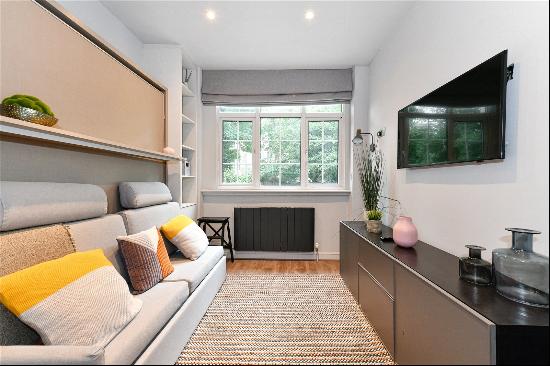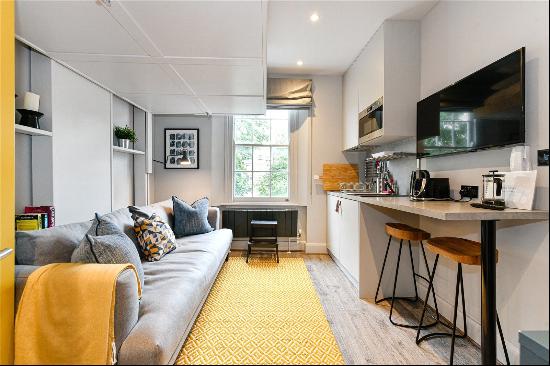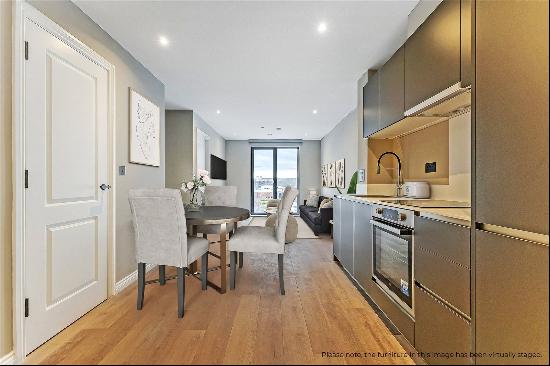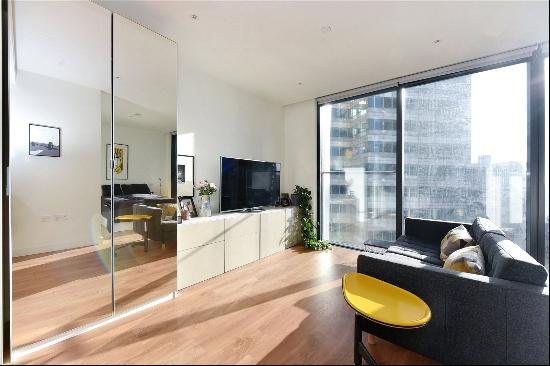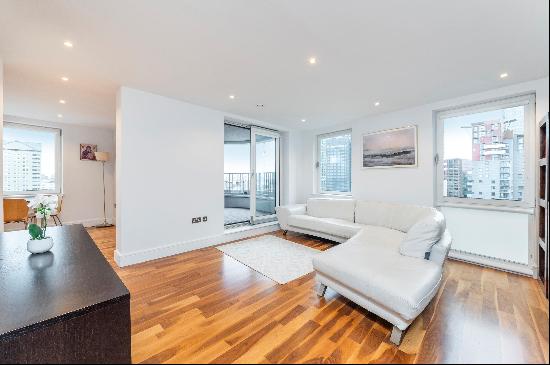
By Holly Connolly
For most seasoned wine drinkers and collectors, there is likely one thought at the back of your mind every time you visit a vineyard, go to a tasting, or simply stock up on bottles — what if I could have my very own wine cellar?
Well, it’s possible. But whether you are building a home and constructing a new wine cellar entirely from scratch, retrofitting one into an existing building, or considering buying a property which already has its own, four things are absolutely critical: humidity, temperature, light and the stability of the space. It can be easy to get distracted by beauty, but when it comes to wine cellars, functionality must take precedence. “The most common flaw we see is very attractive spaces which have wholly inadequate climate control and insulation,” says Mark Dickens, co-owner and creative director of cellar designers Spiral Cellars. “This stops it being a wine cellar and merely makes it a storage display.”
There are practical reasons why wine cellars tend to be in basements. As a general rule, the best space for storing wine is somewhere dark, cool, humid and with minimal disruption from surrounding vibrations, such as a nearby railway. Stray too far outside these parameters and you could end up with spoiled wine, usually through cork tainting. As James Hallam of Mayfair-based wine boutique Hedonism Wines tells me: “Over 24C, wine will expand in the bottle and gradually force out the cork, causing oxidation, which will make the wine taste ‘cooked’. Under 50 per cent humidity, corks can begin to dry out and crumble; over 70 per cent humidity, mould is more likely to develop.”

In an older house with an existing wine cellar, it is vital to measure temperature and humidity: if the space falls within 10C to 14C, and 50 per cent to 60 per cent humidity, then you’re good to go. “If it doesn’t, check out the level of insulation in the walls, gaps around doors, visible pipes and heating. If it has a cooling system, measure the temperature of the air coming out of it,” says Dickens. “If it’s not in the right zone, chances are it has not been correctly built and that often means stripping things out and starting again.”
Some features associated with wine cellars in the popular imagination can be disregarded. The idea that wine should always be stored on its side, for instance, doesn’t hold up. “There’s actually no scientific evidence for this — in fact some for the reverse — and it is more a convention based on ease of storage,” says Hallam. “As the data is inconclusive, it’s best to use space practically, and don’t worry if bottles are standing upright.”

It’s always worth asking the question: do you really need a cellar? If you’re buying wine to simply keep and sell later, with little intention of drinking it, then having a company store it for you might be the best solution. Also, depending on your preferred tipple, a cellar may not be the ideal mode of storage: “If you are drinking mostly white and sparkling wine, will a cellar be cool enough, or would a wine fridge be more appropriate?” says Hallam. If a cellar is definitely what you want, overestimating the space you will need is prudent. “The most frequent thing we hear from customers is: ‘We wish we had gone for a bigger one’,” says Dickens. “Wine cellars are living things, and like children they are ever growing.”
Today, cellar technology is so advanced that, with the right expertise, the ideal conditions for storing wine can be achieved outside the confines of a basement. There are now even glass wine cellars, which can be fitted into kitchens for easy access and display. “These cabinets require very well insulated walls made of glass that filters UV light,” says Agnès Giordano of wine storage specialist EuroCave.
Often though, according to Dickens, “The technical requirements of an ideal cellar are little understood by architects and interior designers, which means the wine cellar is often considered too late in a project and compromises then need to be made. My advice is, if you are considering a wine cellar, plan early to avoid disappointment.”
Photography: Courtesy of Spiral Cellars and EuroCave









